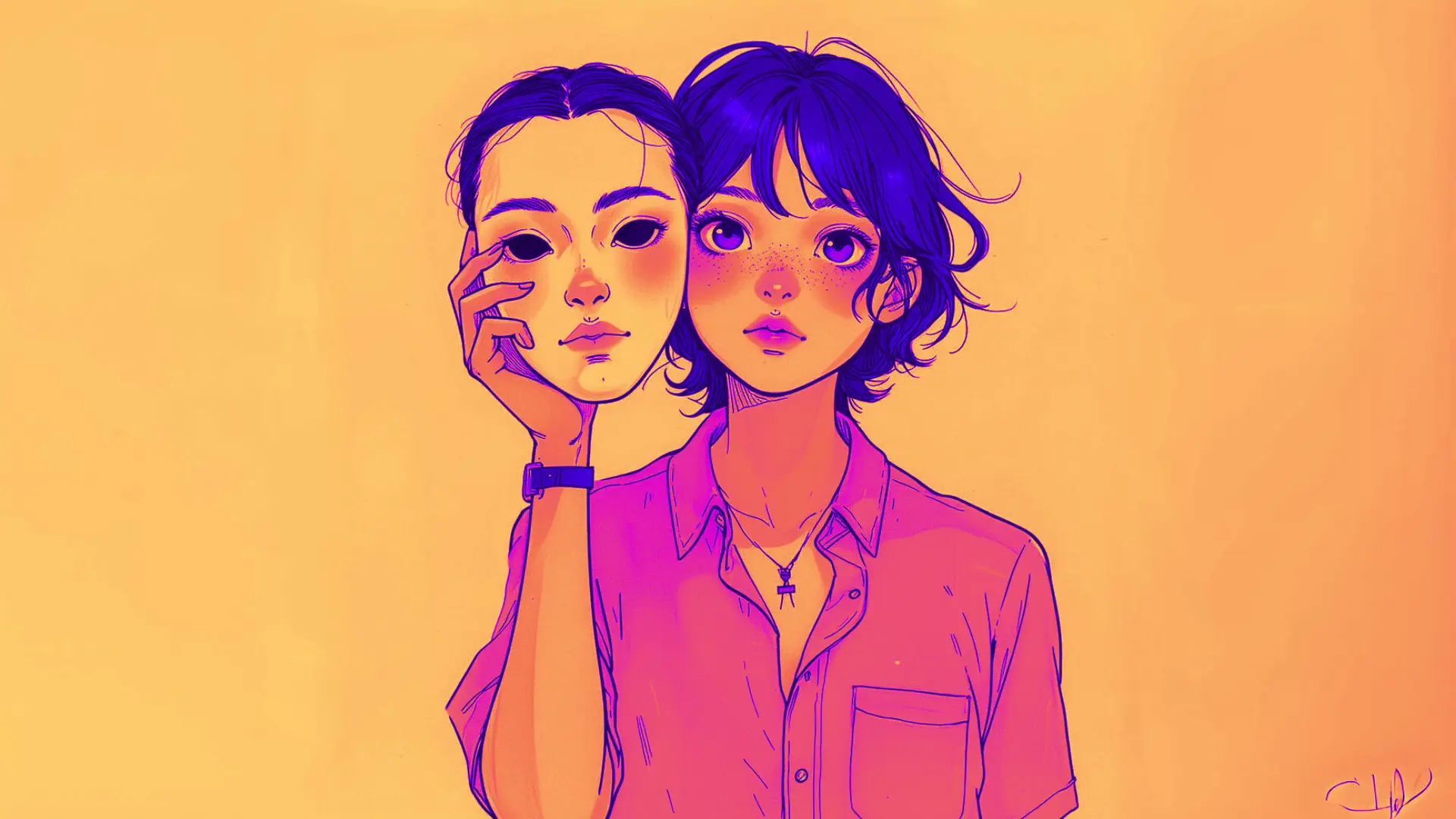What is the uncanny valley?
The uncanny valley is a concept that explains why something that looks almost human but not quite can make us feel uneasy. Think of robots that mimic human behavior but move awkwardly or animated characters that seem just a little too lifelike—they trigger a sense of discomfort that’s hard to ignore.
For autistic individuals, the uncanny valley effect can show up in social interactions. Differences in communication or behavior might create similar feelings of unease. Let’s explore why this happens and how to navigate these challenges.
Why the uncanny valley matters
This idea isn’t just about robots or animation—it’s also about how we relate to one another. For autistic people, the uncanny valley effect often appears in social settings when our natural behaviors or ways of connecting don’t align with neurotypical expectations. This disconnect can lead to misunderstandings or discomfort on both sides.
Sometimes, neurotypical individuals may respond to these differences in ways that feel aggressive or defensive. This can leave autistic individuals feeling shocked, isolated, and even wondering, “Why does everybody hate me?” These reactions, while often unintentional, highlight the need for greater understanding and empathy. Maybe this is why autistic people often feel different or even like an alien, as if they’re navigating a world that wasn’t designed for them.
Why do autistic people experience this?
Many autistic individuals mask their natural behaviors to fit in. Masking involves mimicking facial expressions, rehearsing social scripts, or forcing eye contact—strategies that might help us blend in but sometimes appear overly deliberate. This can create a sense of incongruity for neurotypical people.
Our communication style might also differ. For example, we may speak in a monotone, struggle with implied meanings, or show emotions in ways that seem too intense or too subdued. These differences can make interactions feel unfamiliar, amplifying the uncanny valley effect.
How it impacts us
The uncanny valley effect can create barriers in relationships. Neurotypical people might misinterpret our behaviors as awkward or insincere, leading to misunderstandings. This, in turn, can heighten anxiety and make social interactions feel overwhelming. Over time, the pressure to conform can leave us feeling disconnected from our true selves.
When neurotypical responses are defensive or confrontational, it can add another layer of difficulty. Feeling misunderstood or judged in these moments can deepen the emotional impact and make it harder to trust or engage in future interactions.
Strategies to navigate the uncanny valley effect
Instead of over-masking, focus on embracing authenticity:
- Use communication styles that feel natural and direct.
- Express emotions in ways that align with your comfort zone.
- Surround yourself with people who value and understand your uniqueness.
It’s also helpful to learn social tools without feeling pressured to mimic neurotypical behaviors. For example, observe social cues as a guide but don’t let them dictate your every move. Small adjustments can go a long way without compromising your authenticity.
A note for neurotypical people
If you’re neurotypical, understanding the uncanny valley effect in social interactions can help you build better connections. Approach differences with curiosity rather than judgment. Ask questions if something feels unfamiliar, and create inclusive spaces where diverse communication styles are respected.
Also, be mindful of how your reactions might come across. A defensive or aggressive response can leave someone feeling alienated. Instead, try to engage with empathy and openness, creating an environment where both sides feel understood.
Final thoughts
The uncanny valley effect highlights the diversity of human communication. For autistic individuals, finding ways to navigate this while staying true to yourself is key. For neurotypical people, empathy and understanding can bridge gaps and create meaningful relationships. Together, we can celebrate the unique ways we all connect.




